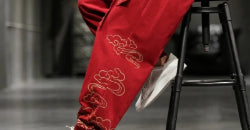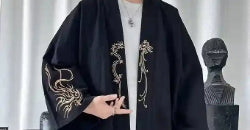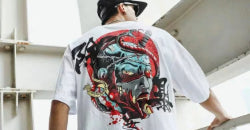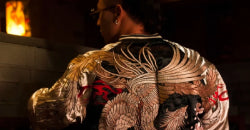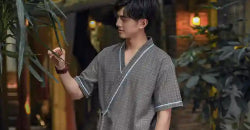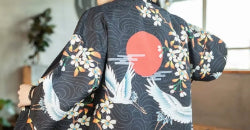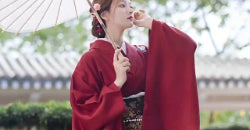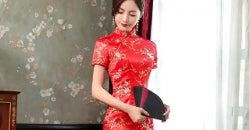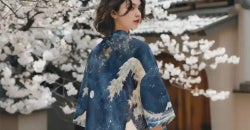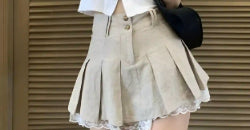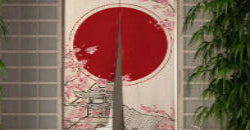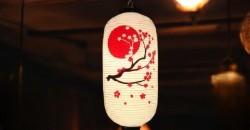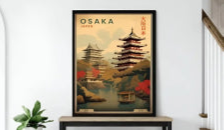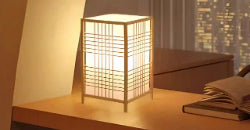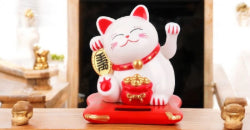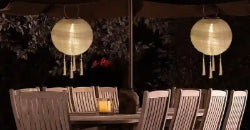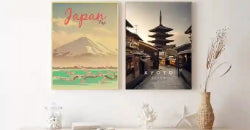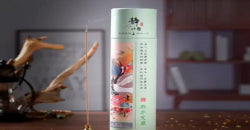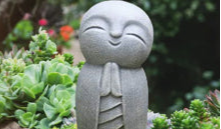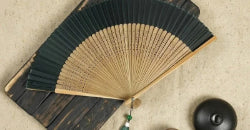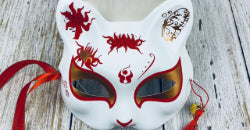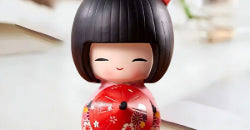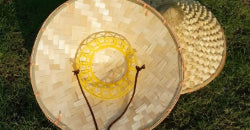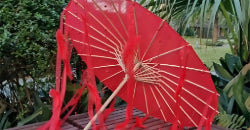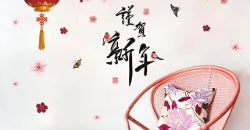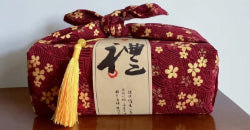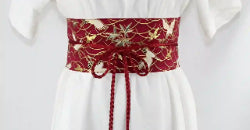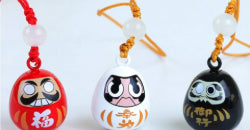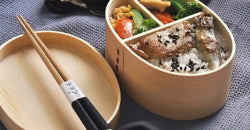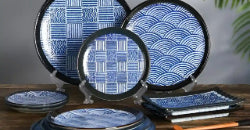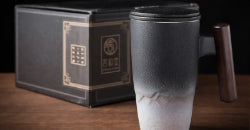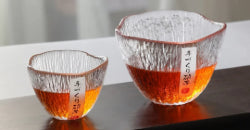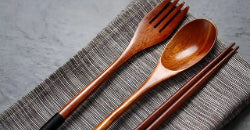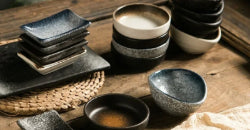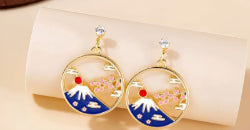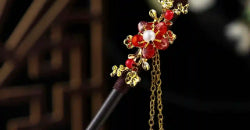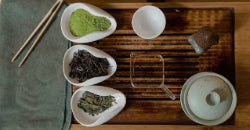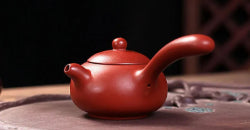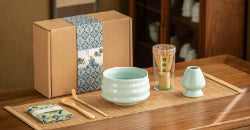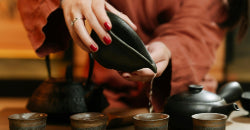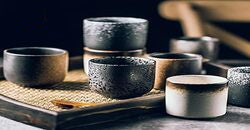Introduction to Japanese Theater
Source: Freepik
Japanese theater is an ancient and refined art form that has survived the centuries to become a fundamental part of Japanese culture. With its roots deeply embedded in religious rituals, local traditions, and popular entertainment, Japanese theater is much more than just a stage performance. Today, recognized as an Intangible Cultural Heritage by UNESCO, Japanese theater continues to fascinate audiences around the world. Discover the history of Japanese theater in this review.
The Different Genres of Japanese Theater

Japanese theater is composed of several distinct genres, each with its own characteristics, histories, and performance methods. Among the most famous are Kabuki , Noh , Kyogen , and Bunraku . Each of these genres offers a unique perspective on the culture and traditions of Japan, while sharing a common aesthetic of beauty, discipline, and artistic expression.
Kabuki: The Popular Art of Japanese Theater
Kabuki is one of the most famous and beloved forms of Japanese theater. Originating in the early 17th century , it is distinguished by its striking aesthetic : sumptuous costumes, expressive makeup, and dynamic staging. A truly visual and emotional spectacle, it depicts stories of passion, revenge, and family drama , performed with remarkable intensity.
The world of Kabuki has also influenced Japanese fashion, particularly through its flamboyant costumes and symbolic motifs. Discover this fusion of tradition and modernity in our Japanese Men's Clothing collection , inspired by the refinement and audacity of this ancestral art.
Origins of Kabuki
The term Kabuki is composed of three ideograms:
-
Ka (singing)
-
Bu (dance)
-
Ki ( address technique (address technique)
These three elements form the very essence of Kabuki, an art where music, dance and acting intertwine to offer a gripping spectacle.
Kabuki, which first appeared in Kyoto in 1603, had its origins in the performances of the famous dancer Okuni . Its rapid success made it a popular form of entertainment, although it was often associated with debauchery due to the presence of prostitutes among the early troupes.
In 1629 , women were banned from the stage, a rule that remains in force today: Kabuki is performed exclusively by men , including female roles.
The Characteristics of Kabuki
Source: Freepik
Kabuki is instantly recognizable by its lavish costumes, extravagant makeup, and spectacular scenes. Kabuki actors, called onnagata when they play female roles, are trained from a young age to master stylized movements and dramatic expressions. Makeup, or kumadori , is used to accentuate facial features and symbolize the characters' personality traits.
The shamisen , a traditional Japanese three-stringed instrument, plays a central role in performances, adding an emotional dimension to scenes. Kabuki also uses innovative stage devices, such as turntables and traps, to quickly change scenery and create stunning visual effects .
Noh Theatre: The Dramatic and Spiritual Art of Japan
Noh is an older and more elite form of theater than Kabuki, characterized by its poetry, spirituality, and symbolism. Born in the 14th century, Noh is a lyrical art form in which actors wear elaborate masks and costumes to perform stories of gods , warriors, ghosts, and spirits.
Origins of Noh Theater
Noh theatre has its roots in the religious rituals and sacred dances of ancient Japan. Early Noh performances were influenced by Sangaku , a genre of popular entertainment imported from China in the 8th century, which included acrobatics, magic acts, and comedic performances. Over time, these elements were refined to create a more austere and poetic art form, intended primarily for Japan's warrior elite.
Noh was codified in the Muromachi period, with strict rules governing costumes, masks, songs, and actors' movements. These rules have helped preserve Noh's artistic integrity through the centuries, making it one of the oldest forms of theater still practiced today.
Kyogen: The Satirical Comedy of Japanese Theater
Source: Freepik
Kyogen is the comedic antithesis of Noh theater. While Noh explores themes of spirituality, tragedy , and poetry, Kyogen focuses on satire, comedy, and the absurdity of everyday life. Also born in the 14th century, Kyogen is often performed as an interlude during Noh performances, offering spectators a moment of relaxation and laughter.
Origins of Kyogen Theater
The term Kyogen literally means "crazy talk," a name that reflects the humorous and lighthearted nature of these plays. Kyogen has its roots in Sarugaku , an entertainment from China in the 8th century, which combined acrobatics, mime, and wordplay to amuse the audience. Over time, these comedic elements were incorporated into Japanese theater, and Kyogen became an art form in its own right under the influence of the Japanese playwright Zeami .
Kyogen is distinguished from other forms of Japanese theater by its vernacular dialogue, simple costumes, and expressive masks. Unlike Noh, where masks are used to depict supernatural or mythological characters, Kyogen masks are often caricatured, depicting exaggerated expressions to accentuate humor.
The Themes of Kyogen
Kyogen plays are generally short, lasting only about twenty minutes, and focus on comic situations from everyday life. Themes include master-servant relationships, marital quarrels, and the absurdities of Japanese feudal society . The characters are often archetypal figures, such as the greedy master, the cunning servant, or the naive peasant, allowing the audience to easily identify with the situations presented.
Kyogen is often performed in tandem with Noh theater, as the two forms complement each other perfectly. While Noh invites reflection and contemplation, Kyogen allows one to release tension and laugh at the absurdities of existence .
Bunraku: The Art of Japanese Puppet Theater
Bunraku is a unique form of theater in Japan, where life-size puppets are used to tell dramatic stories, often accompanied by music and narration. Bunraku is considered one of the most sophisticated forms of puppet theater in the world, requiring impeccable coordination between puppeteers, musicians, and narrators.
Origins of Bunraku
Bunraku has its roots in the 17th century Edo period, where it emerged from the fusion of jōruri , a style of sung storytelling, and puppet theater. The term Bunraku comes from the name of a famous puppet troupe of the time, and it has become synonymous with this type of performance. Bunraku quickly established itself as a dramatic art form, addressing serious themes such as moral conflict, loyalty, and sacrifice.
Bunraku Puppets and Puppeteers
Bunraku puppets are works of art, carefully carved from real objects and dressed in traditional Japanese costumes . Each puppet is about one meter tall and is manipulated by three puppeteers, each responsible for a specific part of the body: the first controls the head and right arm, the second the left arm, and the third the legs. This careful coordination allows the puppets to move realistically, bringing the characters on stage to life.
The puppeteers are dressed in black and appear partially visible on stage, but their presence is symbolically "erased" so that the focus is entirely on the puppets. Bunraku narration is provided by a tayu , who tells the story by modulating his voice to represent different characters, accompanied by a shamisen player .
Bunraku Themes
Bunraku often centers on profound human dramas, such as moral dilemmas, sacrifices, and conflicts between social obligations and personal desires. The most famous pieces in the Bunraku repertoire include tragic love stories, family dramas, and samurai tales. These universal themes, combined with the virtuosity of the puppeteers and storytellers, make Bunraku a theatrical experience that is both emotional and captivating.
The Importance of Japanese Theater Today
Source: Freepik
Japanese theater, with its many forms and genres, remains a central pillar of Japanese culture. Each style—whether Kabuki with its flamboyant performances, Noh with its witty tales, Kyogen with its satirical humor, or Bunraku with its puppetry— continues to attract audiences of all ages. These theatrical forms are not only entertainment; they are also windows into Japan's history, beliefs, and values.
Today, Japanese theater is not only a celebration of tradition but also a platform for innovation. Modern artists are finding new ways to reinterpret these ancient forms, incorporating contemporary works to attract new generations of spectators while remaining true to the essence of the art.
Whether you're a culture vulture or simply curious to learn more about Japan, attending a Japanese theater performance is an unforgettable experience that offers a deep insight into the Japanese soul.





